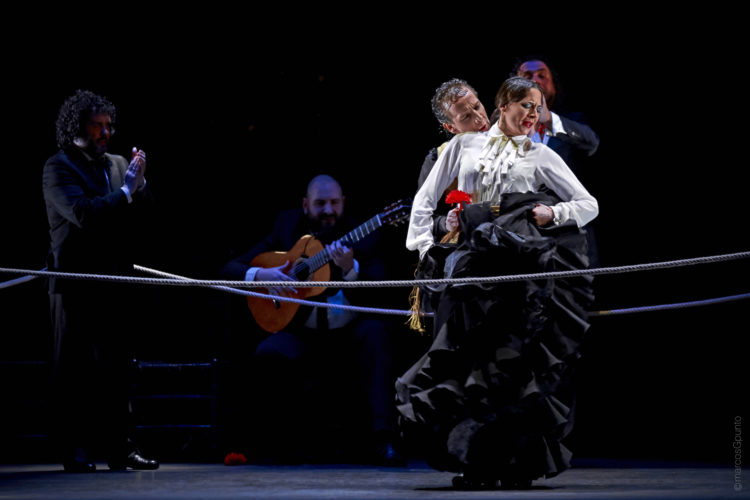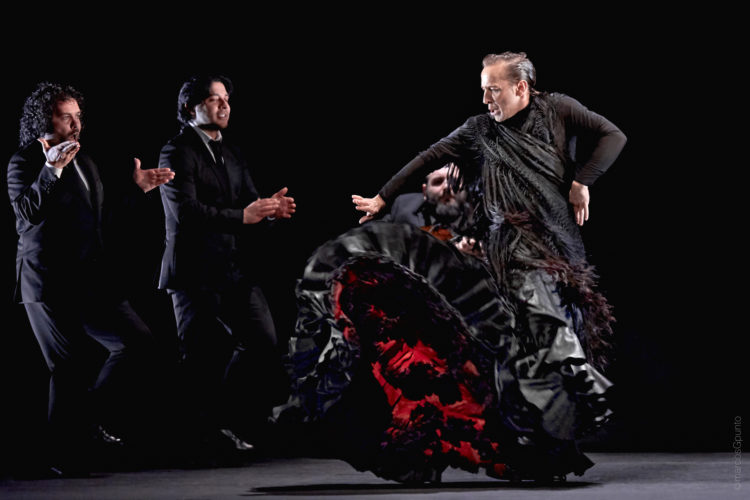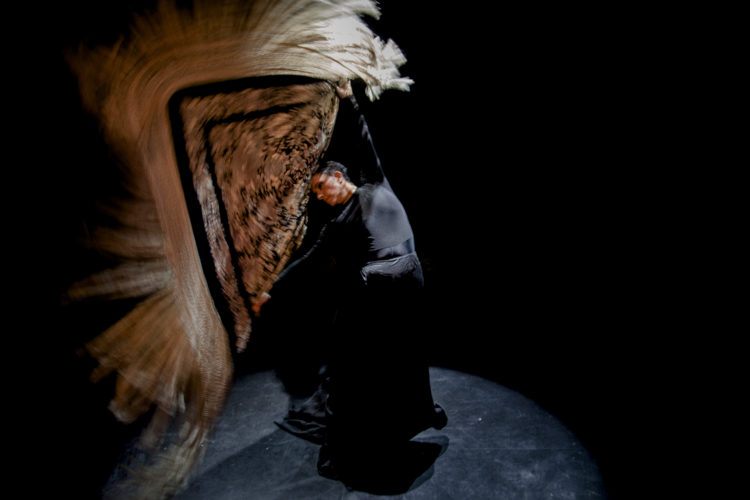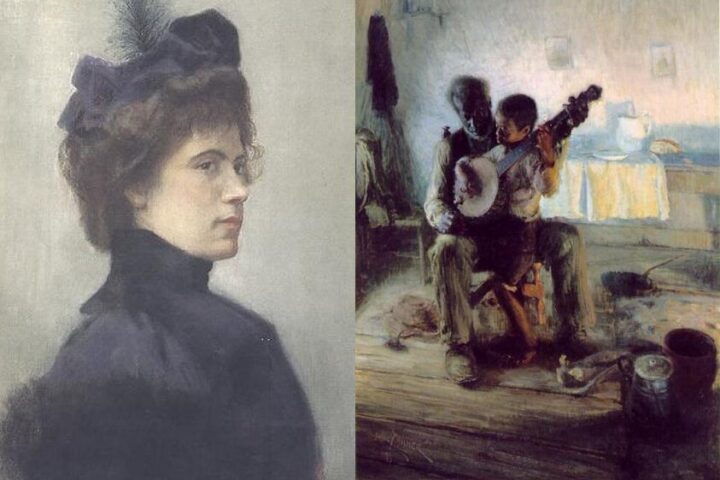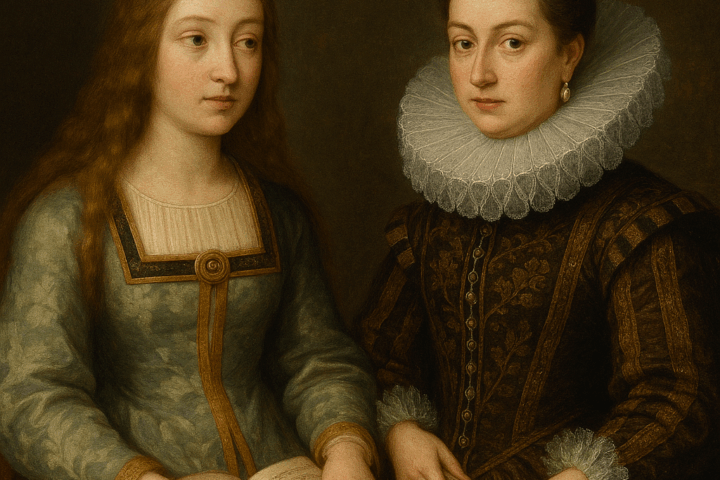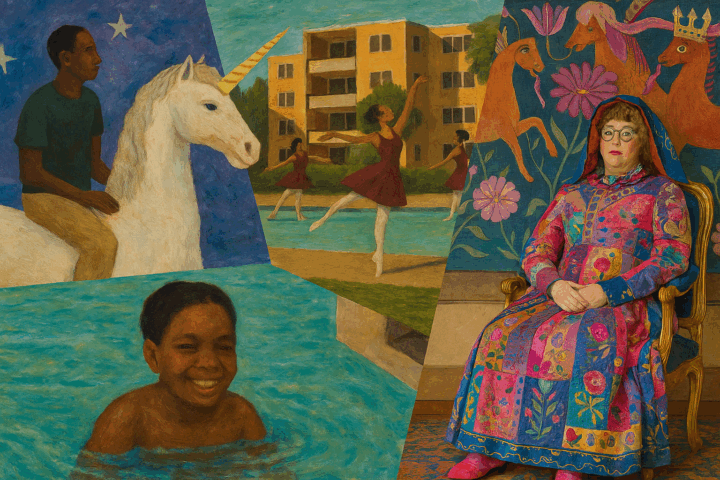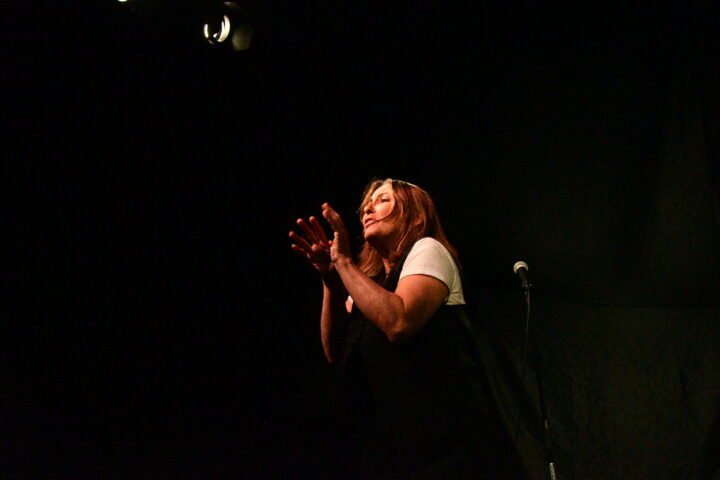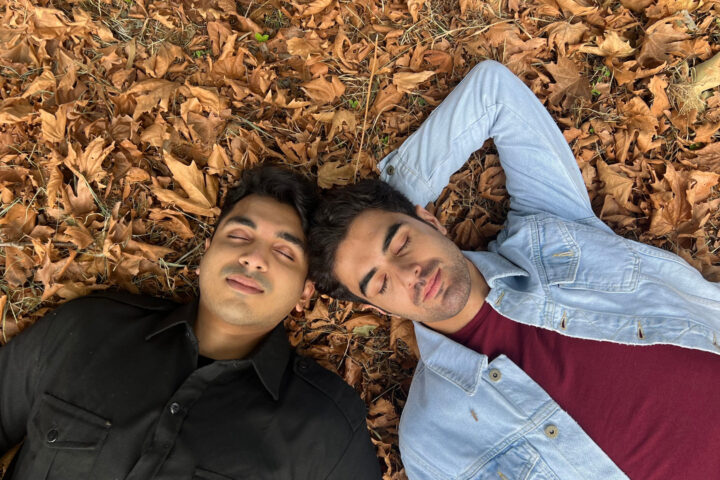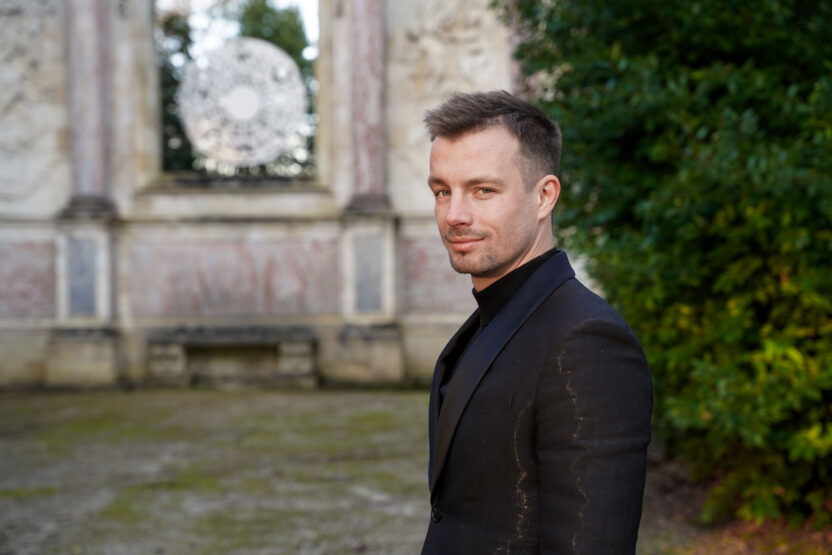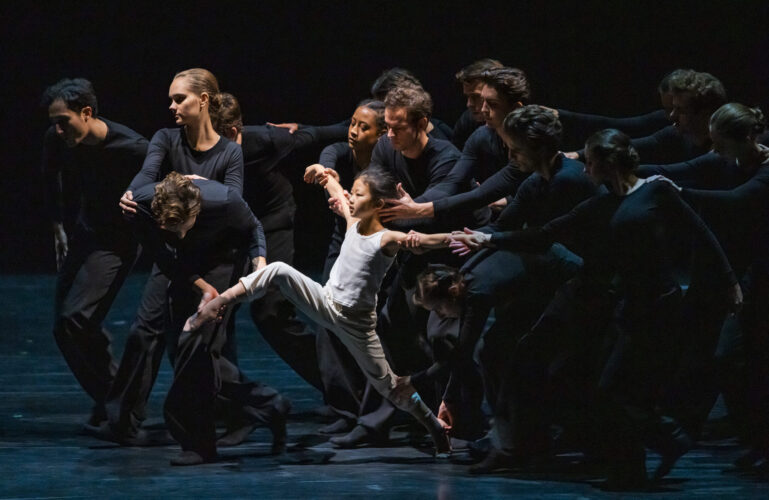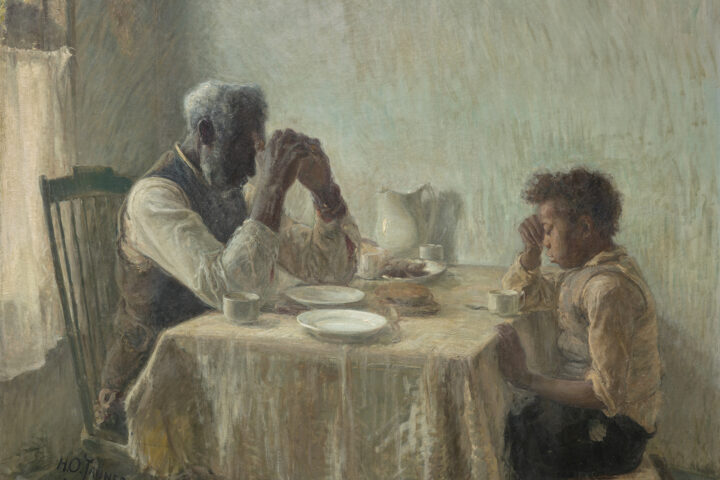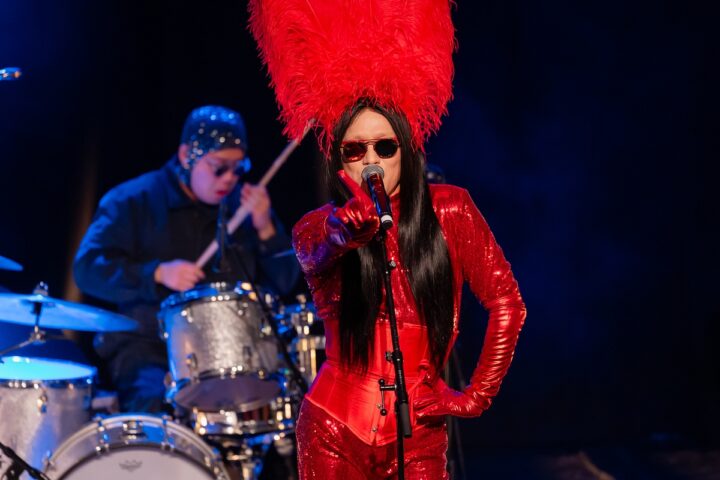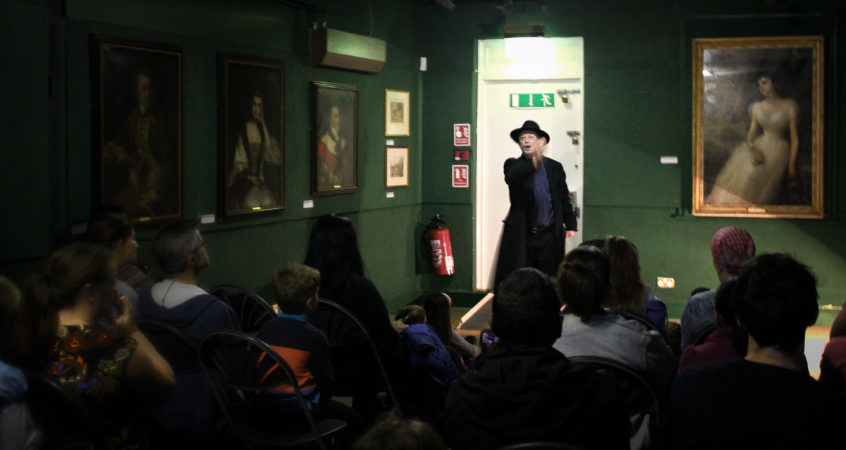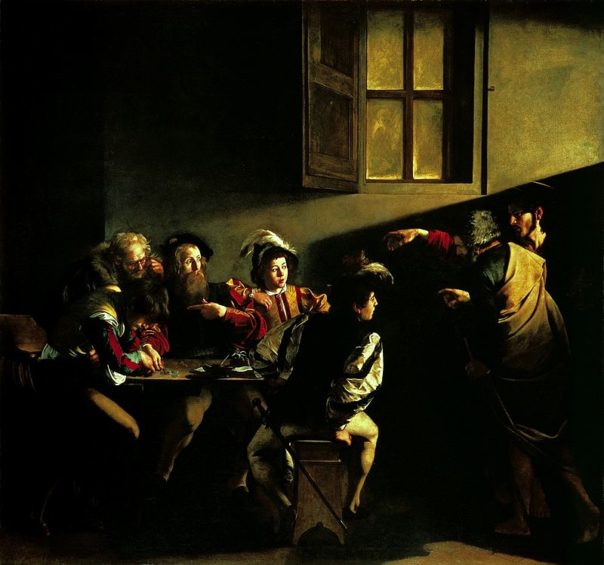Flamenco Festival in London
Spain is very much a country of cultural contradictions, firmly steeped in the importance of tradition but with a passion for innovation that often brings startling, original work to international stages. The films of Pedro Almodovar spring to mind. London’s flamenco season, now in its 14th consecutive year, has just concluded and has been an excellent example of these cultural contradictions, as some of the country’s most renowned dance companies have performed work which fuse tradition with innovation, pushing the boundaries of what traditionalists label as flamenco and in so doing producing some of the most original dance currently on stage to be found anywhere in London.
Hosted by London’s Sadler Wells Theatre, the season has been a welcome opportunity to give London audiences a chance not simply to sample some the country’s most outstanding Flamenco companies but also to attend a season of dance which is unafraid to showcase artists who push the boundaries of the dance form by allowing tradition and experimentation to sit side by side.
With so many of flamenco’s great masters performing over the course of the festival it seems churlish to pick out highlights but for me two companies did stand out. Eva Yerbabuena’s current show called Aparencias (Appearances) is simply breath taking; a perfect fusion of tradition and innovation and a classic example of how flamenco, perhaps more than any other dance form, has such a close relationship between the performer and the music. There were times at which the musicians and dancers seemed as one. The show also illustrated flamenco’s willingness to incorporate other dance forms. Solos were performed that seemed very much a combination of this traditional Spanish art form and contemporary dance. “Appearances” also illustrated the attention to detail of Eva’s company since the production values displayed throughout were simply astonishing.
Another standout for the festival was Manuel Linan in which his lovely, playful piece called Reversible was simply enchanting. The piece appeared to ask the question: if we could ever turn back the ticking clock of time and return to the innocence of our childhood memories, what would the world look like? He says of this piece that it is an “emotional journey that evokes the first memories, instincts and impulses.” It is a lovely playful piece, which also highlighted contemporary flamenco’s willingness to challenge traditional gender roles in a way which is not often seen in western contemporary dance. Manuel Linen entered dressed in the traditional black Bata de Cola, a dress worn by female flamenco dancers, and then proceeded to perform an astonishing solo in his role as a woman. He states in the show’s programme that he wanted to liberate the woman inside and allow her to dance, uninhibited and without complexes.
Both shows concluded with standing ovations as did all the shows throughout the festival.They helped to highlight just how much we can learn from each other and how our cultures are interlinked. In this post Brexit, Trump era it was a welcome reminder of that fact.
FΩRMidea London, 10th March 2017.

